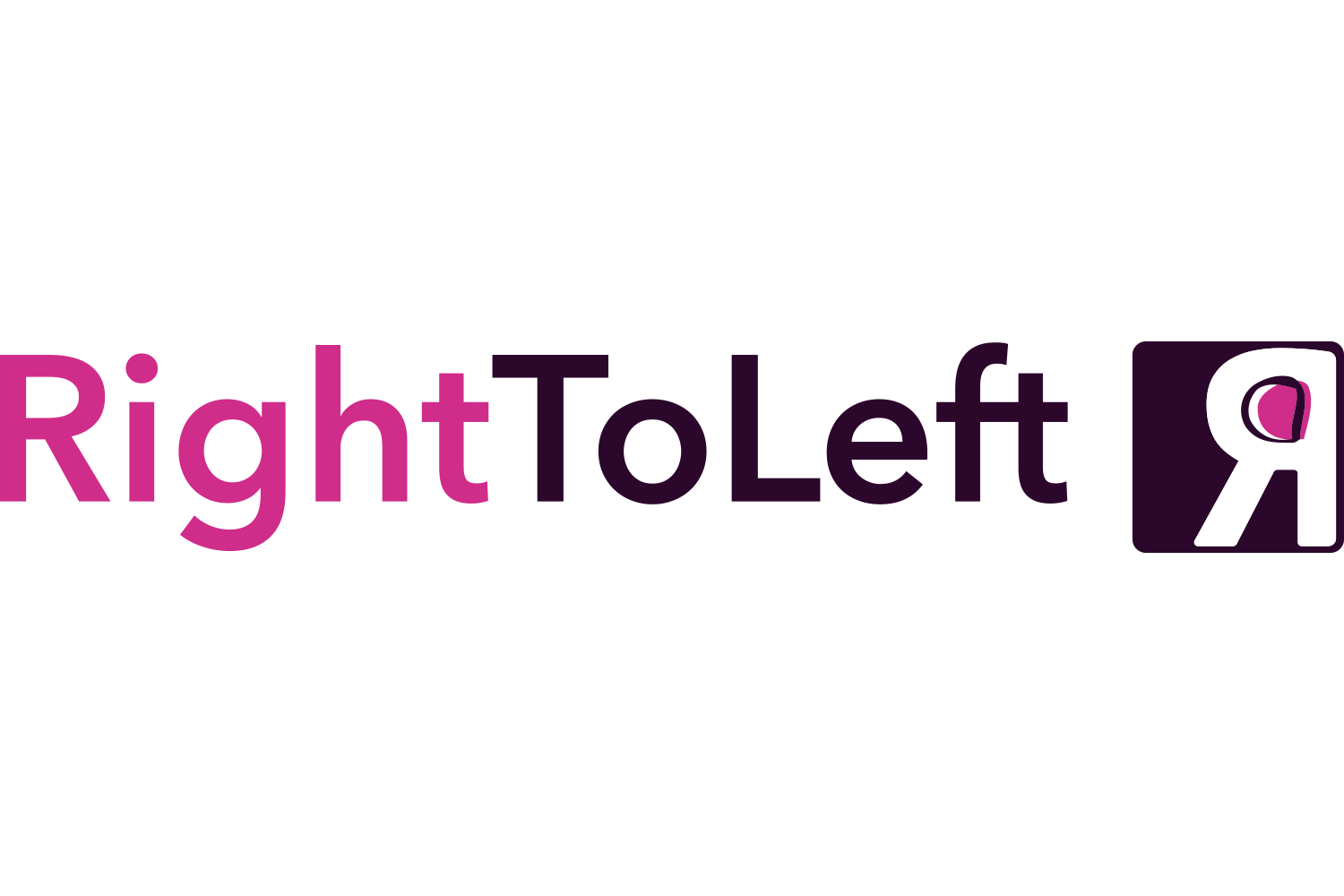Scrappy experimentation: Learning quickly in a fast-paced world
Product experimentation - everybody wants to do it, but very few want to commit to doing it correctly. Many fear it will take too long and hinder development; others are afraid they won’t learn much in the end and will seek confirmation bias that they were right all along.
This thought process is often contradictory, as the whole point of experimenting is to actually move faster, build better things, and reduce the risk of business failure.
But there’s another fear bubbling in the midst, and that is the fear that scrappy experiments will scare customers away. If you show them a half-baked feature, will they see you as less of a professional?
Let’s do some necessary myth-busting here!
Experimentation can be quick
I’ve said this before, but experimentation does not need to be a lengthy process!
You do not need an entire quarter to learn things. You can learn quickly in a day or two. The point behind experimentation is not to have the perfect results but to gain more insight than what you have right now.
If you run a two-day experiment to better position your product, you’ve already gained more information than you previously had, which already gives you an edge.
Knowing something is better than knowing nothing. There is no need to be overly rigorous about the process.
Drop the perfect prototypes
Speaking of being overly rigorous, I’d like to address the topic of prototypes.
By definition, a prototype is a preliminary version of what something might look like. It should be open to feedback and changes, and by no means does it need to be perfect. It just needs to be able to provide a general idea of the problem it solves, and how it might solve it, and provide both you and the user with insights as to how to improve it.
So with that in mind, it is ok to present something that isn’t perfect.
I’ve seen this push back too many times: we cannot present something scrappy because it may give the customer the wrong idea of where we are at.
But where are you at?
You’re at the ideation phase, not the building phase. Prototypes are not meant to be perfect!
Believe it or not, customers welcome scrappy.
They want to see something, even if that something isn’t perfect. If anything, this helps develop trust with them, as you’re being transparent of what you have and where you are at in the process, and you’re not hiding in stealth mode behind closed curtains.
Use no-code or low-code tools, create quick explanation videos, even PowerPoint is an acceptable form of a prototype. The point here is not to spend too much time designing a perfect prototype when you may end up having to rip it apart anyway.
Involve customers in the process, be transparent, and build relationships. That is how you build a business, not just a product.
Test Fast, Learn Fast
We’ve discussed testing quickly and building scrappy, less-than-perfect prototypes. So what’s next?
Part of learning quickly is going into it with the understanding that it does not equate to submerging yourself in back to back, never-ending meetings. In other words, you don’t need to literally speak to everybody you know in 2 days just because you’re meant to do things fast.
Take a deep breath.
Fast and scrappy does not mean low-quality research either.
The first thing you need to do is understand what you are trying to learn and why. Set a clear objective and outcome for the problem you are trying to solve with your research.
Second, outline a set of questions for what you want to learn. Having a template handy is the key here and will help you set a baseline.
Now it’s time to select your target audience. Having a solid understanding of what, why, and who you are interviewing is part of the process. Select 5-7 candidates, and use the “Rule of 5” to help you make sense of those insights. Significant insights often come from the quality of conversations, not the number of people you speak to.

